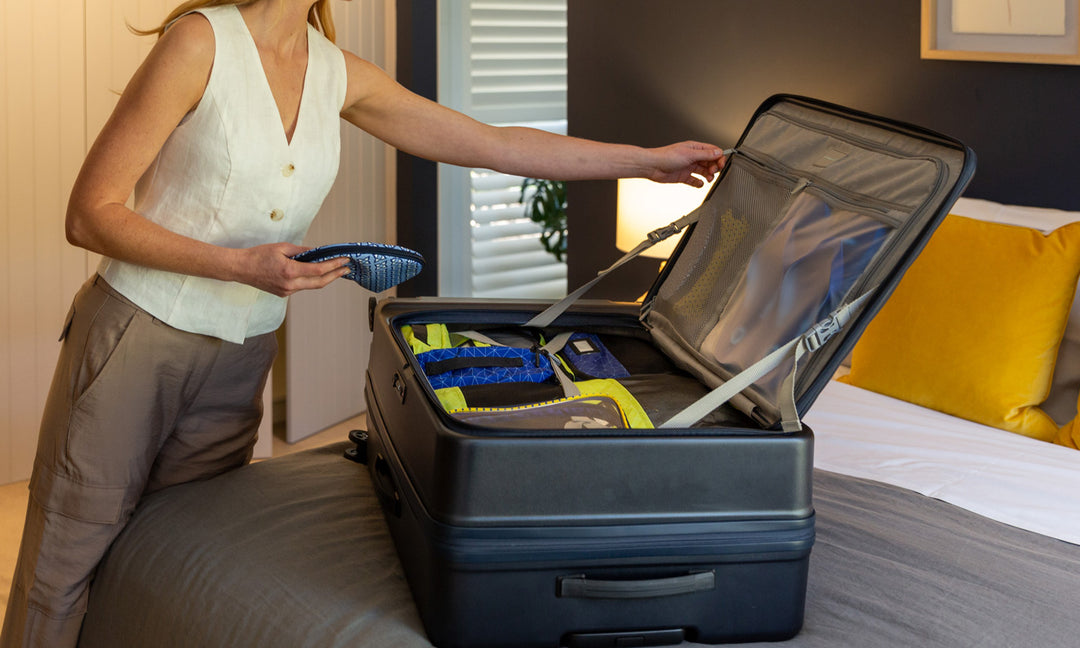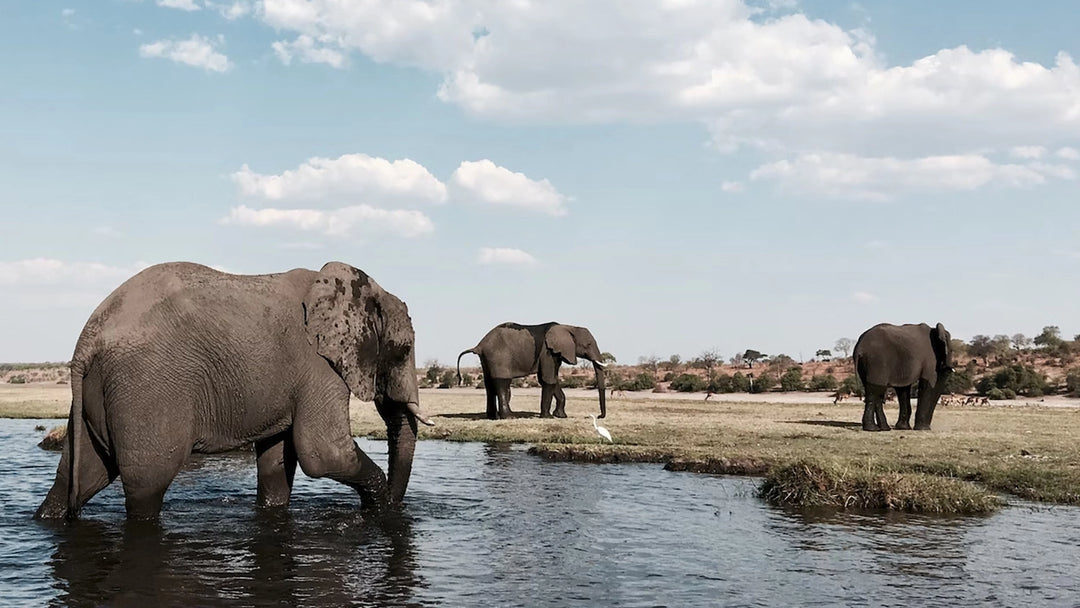Egypt's Valley of the Kings: On the Trail of Ancient Pharaohs
Nestled in an arid desert valley outside Luxor in southern Egypt, the Valley of the Kings is one of the country’s most revered archaeological sites and one of the most impressive ancient sites on earth. Ironically, it isn’t nearly as well-known as the Pyramids of Giza, but in many ways, it can be an even more impressive highlight.
The archaeological site was the burial ground of Egypt’s kings, queens, and dignitaries during the New Kingdom (over 3,000 years ago), a period that followed the Old Kingdom – when the northern pyramids were built. The valley is sprawling and also home to the famed Valley of the Queens. Combined, they host more than 60 jaw-dropping tombs, many containing incredible treasures, hieroglyphic writings, and three-dimensional images. For more than 500 years, the kingdom's most prominent VIPs were buried here.
Planning a side trip to Luxor is worthwhile if you are a history buff and also plan to visit Cairo's extraordinary Museum of Egyptian Antiquities – home to the world-famous Tutankhamun Collection. Seeing where some of the most recognisable ancient treasures rested for centuries is an unforgettable experience.
Why were tombs built in Luxor?
The Pyramids of Giza are undoubtedly the most famous tombs ever built by the ancient Egyptians. Yet, during Egypt's New Kingdom – between 1,500 and 1,000 BCE – pharaohs no longer used pyramids as tombs. Not only did they favour underground mausoleums, but they also wanted their final resting place closer to their dynastic roots – so they built them in the Valley of the Kings in the country's south. The tombs were intentionally built away from the shore of the Nile to prevent flooding, and their isolated location was an attempt to deter tomb robbers. Two and three-dimensional hieroglyphics at the entrance of many tombs give a fascinating insight into these ancient cultures. Many tombs also showcase curses to further dissuade grave robbers from entering.
Overview of the Valley of the Kings
The Valley of the Kings consists of three separate sections: the Tombs of the Pharaohs, the Tombs of the Nobles, and the Valley of the Queens. Each area contains some of Egypt's oldest and most mysterious artefacts from the time, with tombs ranging from simple tombs to elaborately decorated crypts. The most famous highlights you shouldn’t miss are the tomb of King Tutankhamun (discovered in 1922) and King Seti I, and several Ramses tombs and monuments. The valley also houses a modern visitor centre and museum with replicas of graves and artefacts.
We recommend you pre-purchase your tickets online -
A visit to the Valley of the Kings is the perfect opportunity to learn more about the culture and history of ancient Egypt. As you travel through this brilliant archaeological site, you'll no doubt appreciate all the extraordinary grandeur and allure of this era in the region's history.
Here are a few insider tips to help you make the most of your visit.
Top 10 Insider Tips:
- Plan your visit between October and April – The Valley of the Kings is hot all year round, brutally so in the summer months between May and September. To make your visit more enjoyable, visit between the northern Autumn and Spring.
- Pack water and wear sun protection – No matter what time of year you visit. The landscape is desert, dry and super steamy. Unfortunately, the only public bathroom is at the entrance – about a 20min walk from the tombs – so it’s probably best to sip your water rather than chug it!
- Bring a flashlight (headlamp) – Some of the tombs are pretty dark, and you won't find excessive infrastructure like lighting outside famous tombs (like the amazing tomb of Ramses V and VI.) Yet even 'minor' tombs have outstanding carvings worth seeing. Bring a headlamp to keep your hands free to navigate the dark interiors.
- Wear comfortable walking shoes – Not only will you walk a lot when visiting the Valley of the Kings, but the terrain is rocky and uneven. Watch out for rolling ankles! A tram runs from the entrance to the tombs for quick trips back and forth – just remember to purchase your entry ticket with tram rides included.
- Have a guide with you – You may not want to hire a local guide as they tend to rush through their tour. However, you will benefit from knowing all about each tomb you visit. Take a dedicated guidebook and learn about each valley section and what each tomb represents.
- Do not take ‘souvenirs’ home – Removing even just a single shard of rock or pottery from this revered site is illegal. Buy a kitschy one from the souvenir stalls outside the entrance instead!
- Show respect – For all intents and purposes, the Valley of the Kings and the Queens are ancient cemeteries. Yes, it's all a bit of a touristy circus, but the mood is still sombre, and visitors must dress and behave respectfully.
- Plan on a 3hr visit – To do the valleys justice, see at least six tombs, and walk around leisurely, a 3hr visit is recommended. The site really is quite sprawling, and coupled with the heat, it can be a tiring affair.
- Skip the crowds – During the most popular winter months, the valley is open from 6 am to 5 pm. Most tour groups arrive around 10 am and leave around 2 pm. To dodge the biggest crowds, either get there at first light or wait until groups head off to lunch and visit at 2 pm until closing.
- Choose your tombs carefully – The entry ticket to the Valley of the Kings includes visits to several minor tombs. The biggest and most famous require the purchase of an extra ticket. Those are undoubtedly the most impressive to visit, and we recommend leaving them until the very end of your visit for maximum WOW effect. Here’s a handy guide to the best tombs in the Valley of the Kings.
Planning a trip to Egypt soon? Let us know in the comments what other incredible highlights you’re looking forward to exploring most!






Leave a comment